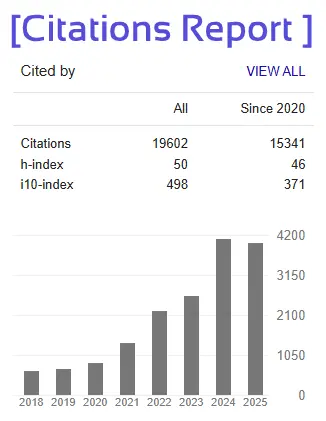Impact of Monetary Policy on Financial Markets: An Empirical Study
MAHIMA THAKUR
(23GSOB2010675)
Under the Guidance of
Mrs. Ranjul Rastogi
GALGOTIAS UNIVERSITY
2024-2025
Abstract
Monetary policy, a cornerstone of economic strategy, plays a pivotal role in steering macroeconomic conditions, including inflation, employment, and economic growth. As a core instrument in the economic policy framework, it acts through tools such as the repo rate, reverse repo rate, Cash Reserve Ratio (CRR), Statutory Liquidity Ratio (SLR), and Open Market Operations (OMOs). The purpose of this empirical study is to analyze the nuanced effects of monetary policy decisions on Indian financial markets, with a specific focus on stock indices, bond yields, and foreign exchange rates. The study spans a decade, from April 2015 to March 2025, providing a robust temporal window for investigation.
The methodology integrates event study techniques with advanced econometric tools, notably regression analysis and vector autoregression (VAR), to discern the timing, magnitude, and persistence of market reactions. This comprehensive approach enables a multi-dimensional understanding of how financial instruments respond to policy signals. The empirical results point to statistically significant and economically meaningful impacts of policy changes across the financial landscape. Stock and bond markets exhibit both immediate and short-term responses, underscoring their sensitivity to rate announcements. Currency markets, while influenced, show more muted and sometimes lagged responses.
The study concludes that the efficacy of monetary policy transmission in India is subject to a variety of mediating factors, including global monetary trends, geopolitical developments, and investor sentiment. While domestic monetary instruments are powerful levers, their influence is interwoven with external forces. These insights are valuable to investors aiming to optimize their portfolios, analysts interpreting market signals, and policymakers seeking to refine intervention strategies. Key recommendations include enhancing the transparency and predictability of policy communication, strengthening monetary transmission mechanisms, and fostering market resilience to global shocks. Future research should consider the evolving post-pandemic economic landscape, potential digital currency integration, and the role of artificial intelligence in monetary policy analysis.







